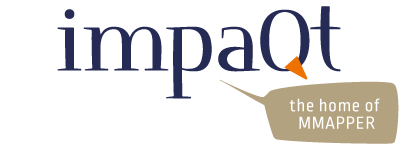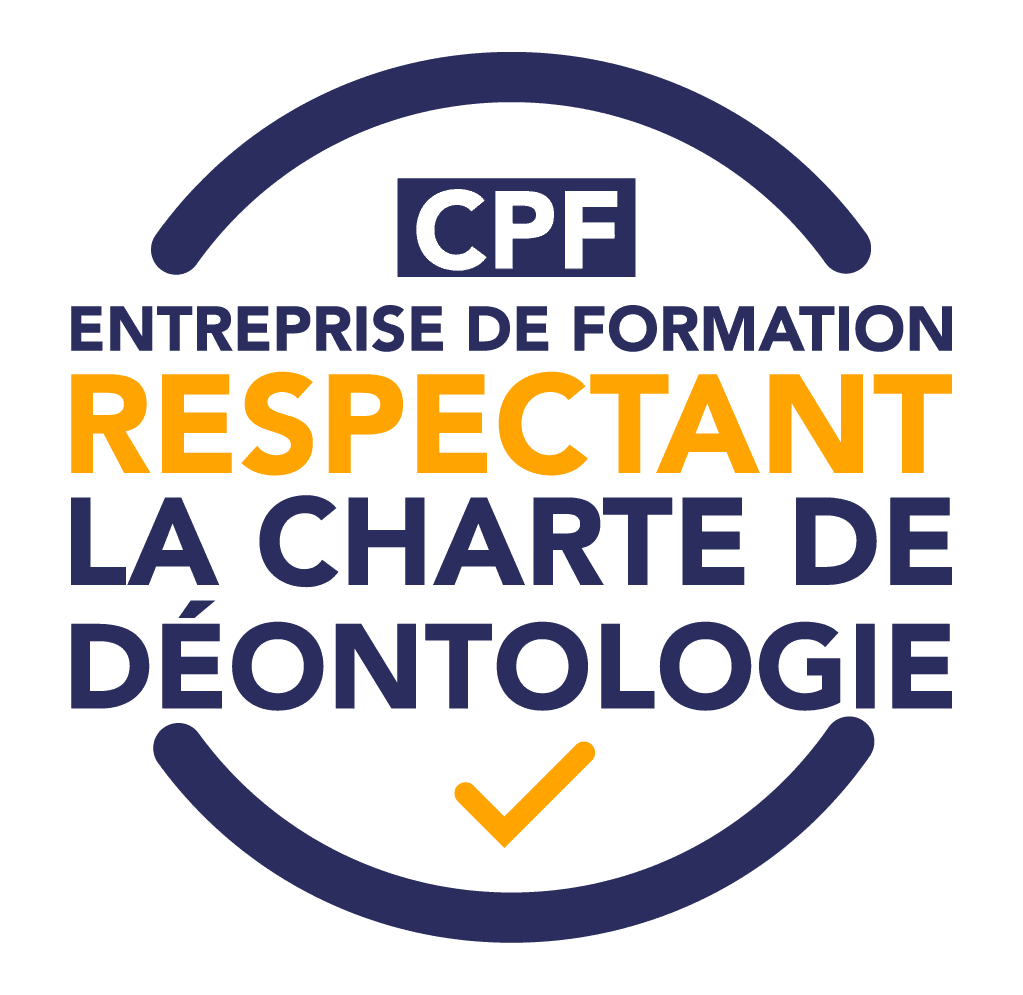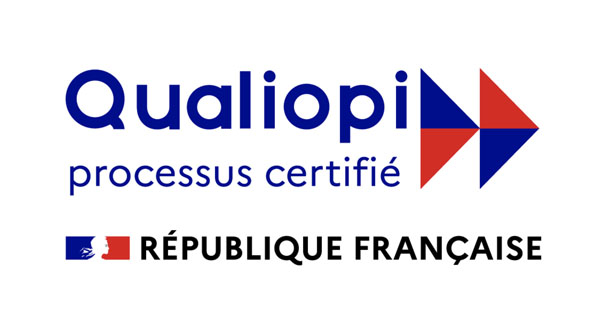Food for thought
Food for Thought
When feedback gives meaning
Throughout the last few years, while working with learners, I’ve noticed that giving feedback doesn’t come naturally to everyone – and when it does, it isn’t always expressed in a constructive way. Giving feedback requires care – especially in using the right tone and having a clear intention to help someone evolve rather than simply correct them. When the message is consistent and easy to hear, it almost feels magical: it’s acknowledged and respected. Communication flows, trust is built, and learning begins to take shape.
So…why is it so difficult?
Because it touches on our humanity.
Giving feedback is daring to create a moment of discomfort; receiving feedback is accepting a bit of vulnerability. Too often, the message isn’t really heard:
too straight forward, too poorly phrased, or too vague to be useful. The article « The essential Role of Feedback in Effective Communication » by FasterCapital reminds us that effective communication relies on feedback loops – in other words, a conversation where the information flows and adjusts itself rather than a one-way transmission. Feedback isn‘t an arrow that you throw; it’s a living loop between two people. For the loop to work, there’s a key ingredient: meaning.
The Harvard Business Review article « Why Feedback Can Make Work More Meaningful » highlights that feedback is not only about improving performance – it makes work more meaningful. In other words, well-formulated feedback doesn’t just say « here’s what you should change. » – it also implies « here’s why what you do brings value ».
That recognition turns feedback into motivation and learning.
By the way, where does the word « feedback » come from?
It originally appeared in the fields of engineering and cybernetics in the 1940s. It was used to describe a feedback mechanism: the output signal of a system that returns to its input to correct or stabilize it. That’s the principle of a ship’s rudder which adjusts its course through feedback to stay on track. Over time, the concept migrated into communication, education, and management.
Today, feedback keeps that technical essence – observe, correct, improve – but it also has a human dimension: listen, understand, grow. It’s this chemistry of rigor and benevolence that makes feedback such a powerful – and delicate – tool to handle.
Feedback is more than just a technique.
It’s an act of connection – between two people, between action and meaning, between progress and recognition.
When carefully formulated, it becomes a driver of learning, communication, and transformation.
Sources :
Food for Thought
AI – Opportunity or Threat?
Since the beginning of our journey, our reflections on learning to learn have consistently brought us back to one particular thought : the role of tools and technology in relation to those of the learner and the facilitator. We continue to find meaning in the orchestra analogy: What added value does the conductor (facilitator) bring? What can a musician (learner) do or cannot do alone using the range of instruments (tools and technology) and music (content) available? And how do we integrate new instruments into the orchestra? When television first appeared, many predicted the end of radio, and our good old books still have a special place in our lives… Today, as artificial intelligence opens up new possibilities, we are once again invited to reflect and to keep adjusting the balance within the orchestra in our organizations or across society.
We know that we are going to be able to delegate many time-consuming tasks to AI. In my view, this presents both an opportunity and a potential threat.
AI can give us the space to develop our emotional and intuitive intelligence. Let’s remember that the end of the domination of a narrow view of intelligence – the kind that helps us ace IQ tests (or not 😉) – is still very recent. The American psychologist Howard Gardner, creator of the theory of multiple intelligences, was among one of the first to challenge that limited perspective… This was in the 80’s! He identified several types of intelligence, including two “personal” intelligences directly connected to understanding human nature: interpersonal and intrapersonal intelligence. And according to Gardner, these capacities are essential to finding fulfillment and one’s path in life…
This theory gave rise to the emotional intelligence movement. It was the American psychologist and science journalist Daniel Goleman who made this concept mainstream with his global bestseller Emotional Intelligence. One of Goleman’s core insights is that our emotions guide us to make the right decision, faster than rational thinking, when we embrace them without feeling overwhelmed.
Following in the footsteps of emotional intelligence, intuition, a topic of neuroscience research, is the hallmark of our unconscious intelligence. It draws on a range of abilities connected to self-awareness and awareness of others… which are key concepts in the “Mirror” of the MMAPPER model.
A few years ago, I had the privilege to meet Dr. Stephen Karpman, an American psychiatrist and heir to Eric Berne, best known for his « Drama Triangle ». That evening, in a small and intimate gathering in our Paris offices, I had the opportunity to discover the extra-ordinary potential of my own intuitive intelligence…
In my opinion the main threat lies in that we could slowly lose the ability to follow the logical and deductive learning process that allows us to know how to do so many things today. Thus, we risk under-stimulating our IQ and becoming dependent on technology. And we know that for any meaningful project to be carried out, there needs to be a journey behind it. This concern is also reported in the documentary series AI at Work by Samuel Durand.
To conclude, the challenges we face related to the development of AI are many:
- Making the effort to take a step out regularly to define the right place for both humans and machines
- Daring to develop our emotional and intuitive intelligence
- Continuing to cultivate our IQ.
What concerns me today is seeing the number of teams continuing to overfocus on productivity and struggling with communication…
Still, I remain optimistic about human potential and the power of collective intelligence – which I hope will always surpass the capabilities of AI – and continue to coach teams with the same passion I’ve had since day one.
Let’s cultivate human connections rather than connections between human beings and machines.
Food for Thought
Is CARPE DIEM in the workplace a good idea?
CARPE DIEM is one of the key concepts of the Pleasure pillar of MMAPPER. A concept that rarely leaves our learners indifferent, brings a sparkle to the eye of some, leaves others skeptical. A notion which for many doesn’t have a place in the workplace. Just as it had no place within the walls of the prestigious Welton academy in “Dead Poets Society”, A film that is a reference for ImpaQt in terms of pedagogical philosophy.
CARPE DIEM is a famous verse from the “Odes” of the Roman poet Horace (23 or 22 BC).
La formule complète est « Carpe diem, quam minimum credula postero », littéralement « cueille le jour, et [sois] la moins crédule [possible] pour le [jour] suivant. It summarizes the text which precedes it where the poet seeks to persuade Leuconoé to take advantage of the present moment and derive all possible joy from it, without worrying about death.
Psychological studies on the subject demonstrate that an active carpe diem approach has two facets:
- – Focus on the present
- – Being aware of the value of each moment of our life, in connection with the awareness of the inevitability of our death.
However, this quote is often misinterpreted, and seen as an invitation to hedonism, to enjoy the present moment and satisfy immediate needs, without asking yourself any questions, hardly compatible with the serious and reasonable world of work.
However, Horace’s CARPE DIEM is associated with a notion of balance in pleasure that we find in MMAPPER with its cursor. CARPE DIEM is not “All play & no work”; it’s bringing touches of lightness and pleasure into our daily life, it’s tasting and savoring “the marrow of life”; for example, by offering and receiving gratitude and recognition from colleagues, or by taking the time to celebrate and savor individual and collective success.
It is also and above all an invitation to change our relationship with time.
The famous English translation “Seize the day” by Dr Keating invites us to be an actor of our life, to dare to seize opportunities without postponing them until tomorrow. In MMAPPER terms, CARPE DIEM is associated with both the Pleasure pillar and the Actor pillar. It’s about not wasting time dwelling on the past but learning from our past mistakes, and not worrying about the future but acting now to build it rather than postponing things until later.
Here are some examples of how it can be applied in the world of work: deciding to focus on a priority subject during a meeting where usually all subjects are quickly reviewed and actions postponed until later. Or organizing an “off” moment to connect with team members rather than promising to do it when the team will be less busy…which will probably never happen. It is not a question of not taking into account the constraints of the organization and the reality of the situation, but of not giving in to the system and constantly postponing the important things.
This is how an active individual and collective CARPE DIEM approach can allow a team to flourish and take on extraordinary challenges.
Remember and savor without moderation the enigmatic voice of Dr. Keating whispering to his students:
« Carpe…carpe…carpe diem….
Seize the day boys
Make your lives extraordinary ! »
Food for Thought
From Diversity to Inclusion
“Diversity is being invited to the party; inclusion is being asked to dance.” Verna Myers
In the 1st half of the year, we worked with several so-called inclusive teams – teams characterized by diversity, be it in terms of personality profile, gender, age and culture. From an international team made up of nearly 10 nationalities, to a French team that has recently opened up to diversity, the situations and experiences of team members can be very different.
In January 2020 a study by Deloitte ‘A study of Diversity and Inclusion – Inclusion as a lever for the transformation of organizations shows that companies with inclusive policies generate up to 30% more turnover per employee and higher profitability than their competitors. According to the same study, companies with equal employment opportunity policies and cultures that encourage gender diversity are almost 60% more likely to see their profits increase.
However, just like empowerment, inclusion cannot be decreed… And diversity and inclusion in companies, as in society, despite all the best intentions in the world, can prove to be real pitfalls when they are not, or not sufficiently, supported.
In fact, what is inclusion?
Inclusion is a relatively recent holistic concept. It’s about creating environments where all people, whatever their differences, are valued and respected. Inclusion recognizes that everyone has the right to fully participate in the collective without having to conform to a dominant norm. Inclusion thus goes further than integration, which often implies that people have to adapt to the existing system, which can lead to a loss of cultural identity and the need to change their behavior in order to fit in.
Here’s an image that explicitly illustrates the difference between integration and inclusion:
Quelle est la différence entre intégration et inclusion ? (bloghoptoys.fr)
How do you go from integration to inclusion?
For a team whose DNA is international, where team members define themselves as citizens of the world and have a good command of English, inclusion seems self-evident. The problem for these teams is more to do with distance and lack of face-to-face contact than inclusion. The curiosity and desire to discover others is there, and the way they look at each other is fundamentally +/+: “I have value. You are valuable. So we can relate to each other and cooperate”. Creating the conditions for team members to connect on a human level remains necessary and can be sufficient.
The situation is quite different when dealing with a team where a dominant culture exists. To move from integration to inclusion, long-term support is required. First and foremost, we feel it’s essential to ensure that new team members from abroad have a good command of the team’s language, and if this isn’t the case, to support them towards a level of operationality right from the start of their integration, if not ideally beforehand.
Sometimes, especially in the case of the integration of new profiles chosen by top management, not everyone wants to dance, and even less so with “just anybody”. So how do you get everyone to want to dance together? Unfortunately, there’s no magic formula, and the process can take varying lengths of time. It’s a question of getting everyone to dare to look at themselves in the mirror, to appreciate their bright sides and accept their darker sides and associated cognitive biases/preconceived ideas, then gradually recognizing the other as someone who is both different and reflects something of themselves, of their humanity; someone they recognize, to whom they can offer a genuine smile and to whom they can open the door to the idea of one day being able to “dance” together…
Food for Thought
How to prevent burnout?
How to prevent burn-out?
We sometimes come across people on the verge of burn-out in the course of our coaching work. I have a poignant anecdote on this subject: that of a man who, during an act of development, declared: “I would be ready to sacrifice everything for my work”. I can still remember the expression on his face when his words were returned to him…
By the way, what is burn-out?
Burn-out, a syndrome of physical and psychological exhaustion, is the final stage of chronic work-related stress… which has not been managed in time. It is characteristic of people with a committed and/or perfectionist nature. Because, as Richard often says, we all have the defects of our qualities…
In my opinion, the causes of burn-out are both internal AND external. They are both linked to an individual’s shortcomings AND to excesses in collective demand. In the same way, I believe that lasting solutions can only be found individually and collectively.
The beginnings of a burn-out manifest themselves as follows: when the VERY becomes TOO MUCH and/or the FEW becomes NOT ENOUGH: too much load, too much pressure, too many action plans, too much too much… and not enough time, not enough prioritization, not enough support, too much not enough…
What are the keys to preventing burn-out?
In my opinion, the 1st key to preventing burn-out is a good understanding of ourselves, our needs and our warning signs, those subtle behaviours – such as difficulties in delegating or a tendency to see only what’s wrong – which, when they become long-lasting and intense, can gradually lead us to burn-out when we are in a (too) demanding professional environment.
The 2nd is to build caring teams where people know each other well and are attentive to each other. So, when a member of the collective is in difficulty, the collective can offer support, which will be all the easier if a spirit and practices of co-development are established.
And how can MMAPPER help prevent burn-out?
As an individual positioning tool, MMAPPER enables an individual to visualize the fact that he/she is no longer in balance, or even in danger of breaking down, when he/she positions him/herself at one or other of the extremes – on the TOO much or NOT ENOUGH side of the cursor. And once it has been appropriated as a tool for personal and professional development, MMAPPER then enables the individual to define relevant objectives and implement concrete actions, if necessary with the support of the collective.
Géraldine Berruto



